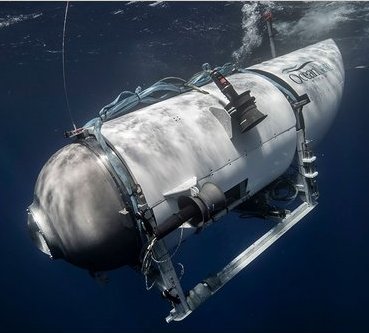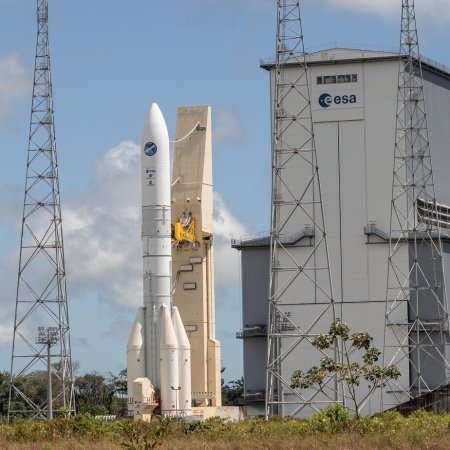NASA awards new spacesuit contracts
NASA yesterday issued two relatively small spacesuit contracts to the two companies it already has hired to develop different spacesuits, one for the Moon (Axiom) and the other for orbital spacewalks (Collins).
The new contract awards provides each company $5 million to begin design work for adapting their suits for the other tasks, with the goal aimed at having two different suits for Moonwalks and spacewalks, from two different companies. For the companies, having suits that work both in orbit and the Moon will enhance their product. For Axiom, it will also allow it to develop its own suit it can use on its own space station.
The original contracts awarded Axiom $228.5 million for its Moonsuit, and Collins $97.2 million for a new orbital suit. NASA has previously spent about a billion dollars and fourteen years trying to build its own new orbital spacesuit, and had failed to create anything.
NASA yesterday issued two relatively small spacesuit contracts to the two companies it already has hired to develop different spacesuits, one for the Moon (Axiom) and the other for orbital spacewalks (Collins).
The new contract awards provides each company $5 million to begin design work for adapting their suits for the other tasks, with the goal aimed at having two different suits for Moonwalks and spacewalks, from two different companies. For the companies, having suits that work both in orbit and the Moon will enhance their product. For Axiom, it will also allow it to develop its own suit it can use on its own space station.
The original contracts awarded Axiom $228.5 million for its Moonsuit, and Collins $97.2 million for a new orbital suit. NASA has previously spent about a billion dollars and fourteen years trying to build its own new orbital spacesuit, and had failed to create anything.



